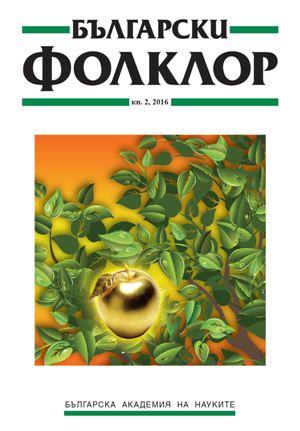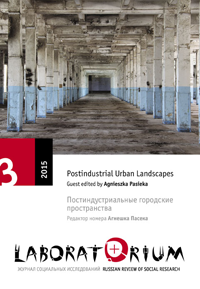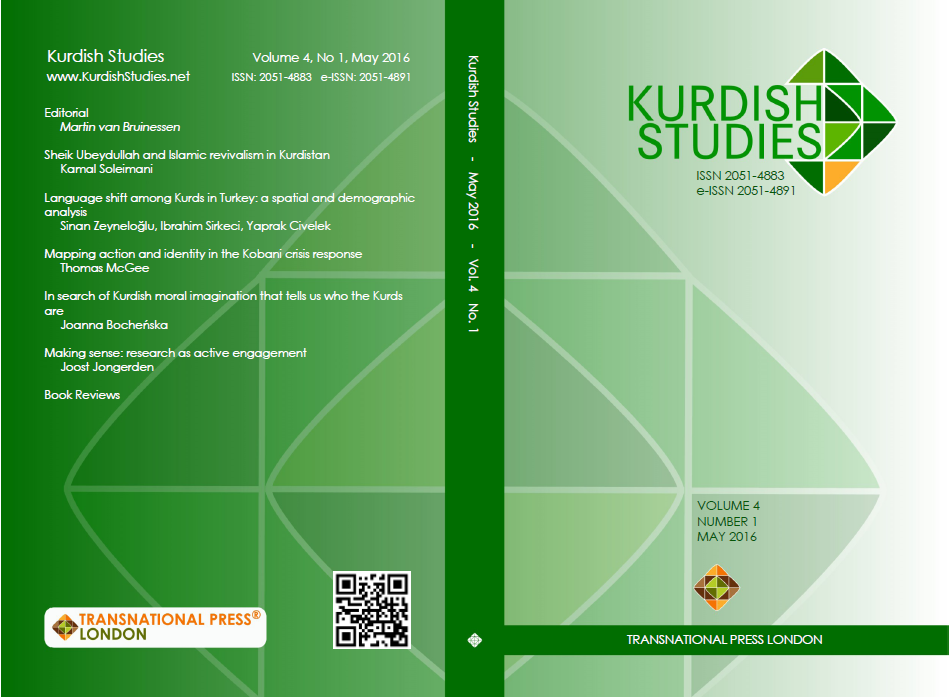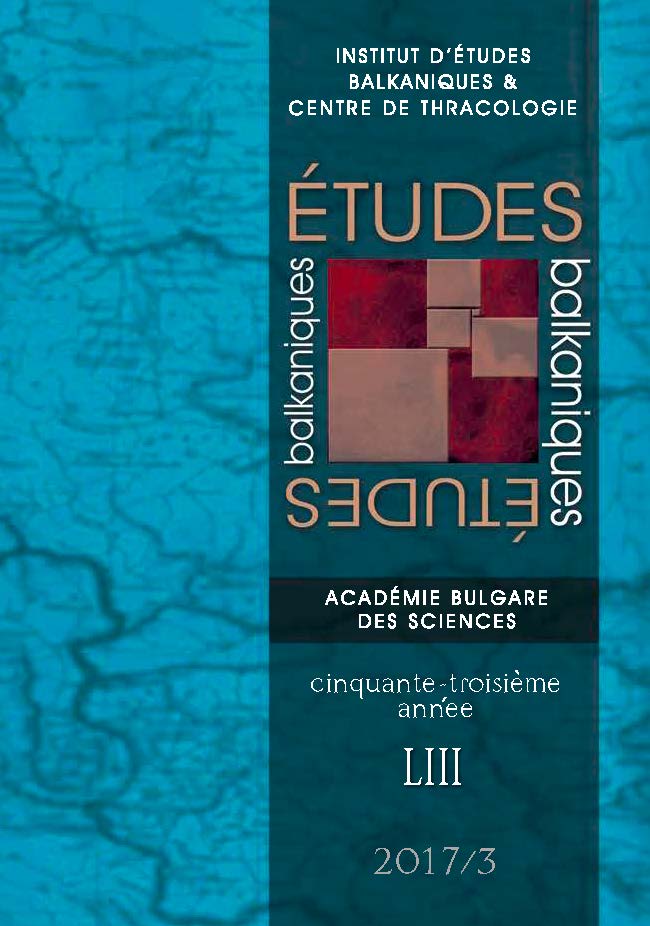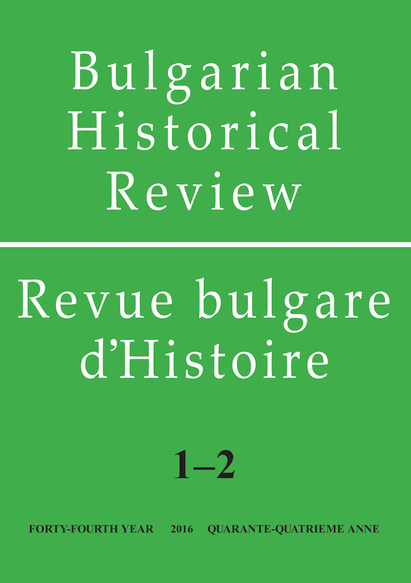Author(s): Svetlana Igorevna Valiulina,Alsu Renatovna Nuretdinova,Damir Adgamovich Shagaviev / Language(s): Russian
Issue: 3/2016
During the 19th – early 20th century, owing to the efforts of members of the Society of Archeology, History and Ethnography at the Kazan University, the collection of the Archaeological Museum was formed by acquisitions from the private collections. These materials were rarely accompanied by passport data and, therefore, had limited opportunities in terms of scientific application. The article aims to attribute some works of medieval Islamic art in the museum collection. To fulfill this aim, traditional methods (comparative-typological, stylistic, and linguistic) were used in the comprehensive study along with those commonly applied in natural sciences (semi-quantitative emission spectral analysis for ceramic products, and, most importantly, non-destructive method of scanning electron microscopy (SEM) for determination of the chemical composition of a metal candlestick stand). Products made of brass, bronze, kashin (faience), and ceramics are similar in the presence of epigraphic inscriptions, which extends their informational potential. The findings were made possible during identification of the stylistic features of these products, compliance of the morphological characteristics with the nature of epigraphic inscriptions, and, for toreutics products, the content or semantic component of often fragmentary texts appeared to be minor, while the performance or style turned out to be more important – handwriting of inscriptions, its involvement in the ornamental composition of works. Stylistic expressiveness of the artifacts and wide geography of their parallels, – Mosul, Herat, Nishapur, Merv, Samarkand, etc. – allowed to present the reliable morphological and technological description, as well as to date, based on analytical data and a wide range of the parallels, each subject within the 10th – 14th century and to determine the probable production center. The obtained results are important and will be used for further study of crafts products of the Volga Bulgarians, primarily from Bilyar and Bolgar (the capital centers of the state beginning from the 10th century), which became one of the components of Islamic culture since the time of the adoption of Islam.
More...
